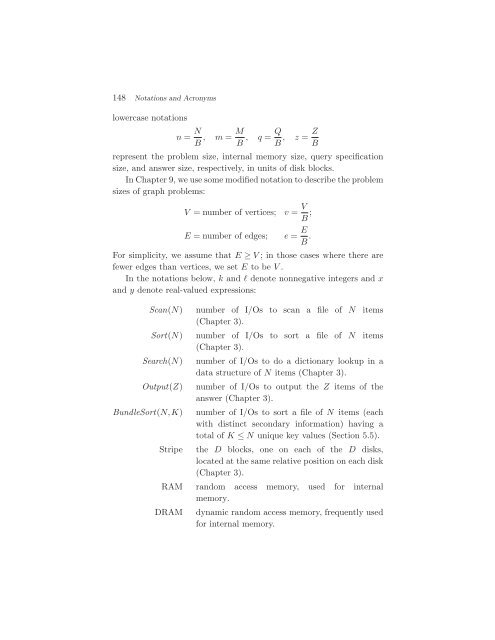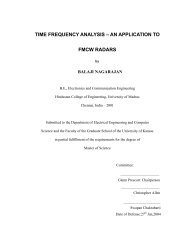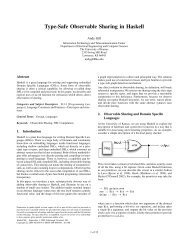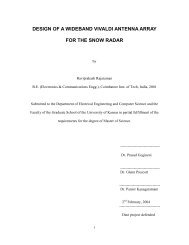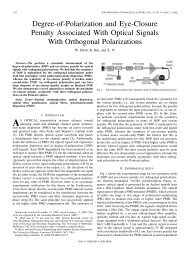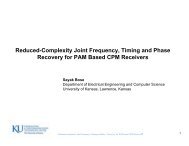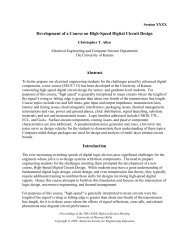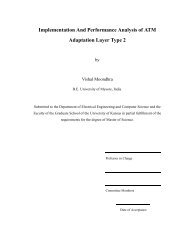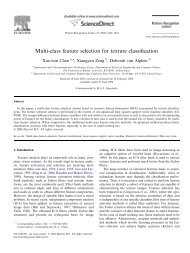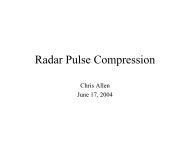Algorithms and Data Structures for External Memory
Algorithms and Data Structures for External Memory
Algorithms and Data Structures for External Memory
You also want an ePaper? Increase the reach of your titles
YUMPU automatically turns print PDFs into web optimized ePapers that Google loves.
148 Notations <strong>and</strong> Acronyms<br />
lowercase notations<br />
n = N<br />
B<br />
, m= M<br />
B<br />
Q Z<br />
, q = , z =<br />
B B<br />
represent the problem size, internal memory size, query specification<br />
size, <strong>and</strong> answer size, respectively, in units of disk blocks.<br />
In Chapter 9, we use some modified notation to describe the problem<br />
sizes of graph problems:<br />
V = number of vertices; v = V<br />
B ;<br />
E = number of edges; e = E<br />
B .<br />
For simplicity, we assume that E ≥ V ; in those cases where there are<br />
fewer edges than vertices, we set E to be V .<br />
In the notations below, k <strong>and</strong> ℓ denote nonnegative integers <strong>and</strong> x<br />
<strong>and</strong> y denote real-valued expressions:<br />
Scan(N) number of I/Os to scan a file of N<br />
(Chapter 3).<br />
items<br />
Sort(N) number of I/Os to sort a file of N<br />
(Chapter 3).<br />
items<br />
Search(N) number of I/Os to do a dictionary lookup in a<br />
data structure of N items (Chapter 3).<br />
Output(Z) number of I/Os to output the Z items of the<br />
answer (Chapter 3).<br />
BundleSort(N,K) number of I/Os to sort a file of N items (each<br />
with distinct secondary in<strong>for</strong>mation) having a<br />
total of K ≤ N unique key values (Section 5.5).<br />
Stripe the D blocks, one on each of the D disks,<br />
located at the same relative position on each disk<br />
(Chapter 3).<br />
RAM r<strong>and</strong>om<br />
memory.<br />
access memory, used <strong>for</strong> internal<br />
DRAM dynamic r<strong>and</strong>om access memory, frequently used<br />
<strong>for</strong> internal memory.


